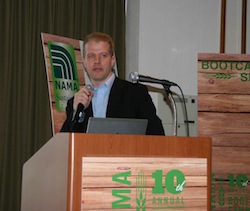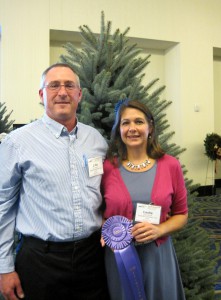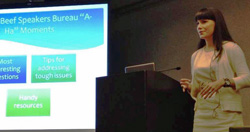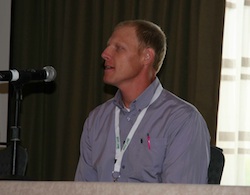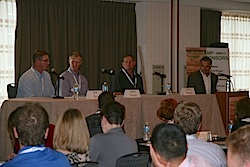 The National Pork Board has just recently concluded a summer domestic marketing advertising campaign and the results seem to be very successful when looking at supplies and demand.
The National Pork Board has just recently concluded a summer domestic marketing advertising campaign and the results seem to be very successful when looking at supplies and demand.
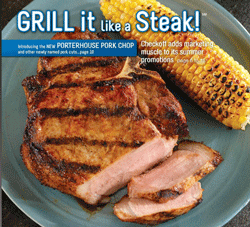 The United States Department of Agriculture has announced that June 2013 frozen pork supplies are down 14 percent from the previous month, and down nearly 5 percent on a year-over-year basis, reflecting higher demand for pork.
The United States Department of Agriculture has announced that June 2013 frozen pork supplies are down 14 percent from the previous month, and down nearly 5 percent on a year-over-year basis, reflecting higher demand for pork.
According to the July 23, 2013,Daily Livestock Report, total pork inventories at the end of June were 564.9 million pounds, or 4.7 percent lower than in June 2012. TheDaily Livestock Report- written by economists Steve Meyer, Ph.D. and Len Steiner – also noted that “pork stocks normally decline in June, but this year the month-to-month change in pork inventories was 14.3 percent, the largest volume depletion in 20 years.”
Earlier this week (end of July) the Pork Checkoff wrapped up a six-week radio advertising campaign in an effort to capitalize on new pork chop names and favorable pork prices for consumers. The report of lower frozen inventories is occurring on the heels of both the consumer campaign and aggressive promotions with major grocery retailers. The retail promotions featured ribs and chops, with specific advice at the meat case to cook pork chops “like a steak.”
To learn more about the summer campaign and factors that have played into the need for an aggressive campaign I spoke with Chris Novak, Pork Board CEO. He says that in addition to higher input costs the industry was facing some restricted export markets while supplies were increasing. So the board decided to take action that followed on top of the announcement of the names for pork cuts. In addition to the advertising campaign Chris says there were also some key marketing campaigns with major grocery store retailers. He calls it a win for pork producers and consumers since the market situation made pork have more value and the marketing offered a number of new recipes.
We also discussed how there has been some concern from beef producers over the names of new pork cuts like
· Pork Porterhouse Chop (previously a loin chop)
· Pork Ribeye Chop, bone-in (previously a rib chop center)
· Pork Ribeye Chop (previously a rib chop)
· Pork New York Chop (previously a top loin chop)
He says that consumers will know the difference between a chop and a steak. He says it is friendly competition for the center of the plate and that the beef and pork industries also work together in a lot of ways including consumer marketing through efforts like the U.S. Farmers and Ranchers Alliance. A new fall campaign is planned.
Listen to this week’s ZimmCast here: Pork Board Summer Campaign
If you didn’t get to hear the summer promotion radio ads then give ’em a listen and let us know what you think:
Pork Radio Ad 1
Pork Radio Ad 2
Thanks to our ZimmCast sponsors, GROWMARK, locally owned, globally strong and Monsanto, Roundup Ready Plus, for their support.
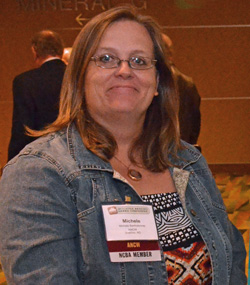 Advocating seems to be the all buzz here is agriculture, but the key to advocating is education. Recently, during the 2013 Cattle Industry Summer Conference, the National Beef Educator of the Year Award was given to a woman who has gone above and beyond to talk beef wherever she travels.
Advocating seems to be the all buzz here is agriculture, but the key to advocating is education. Recently, during the 2013 Cattle Industry Summer Conference, the National Beef Educator of the Year Award was given to a woman who has gone above and beyond to talk beef wherever she travels.


